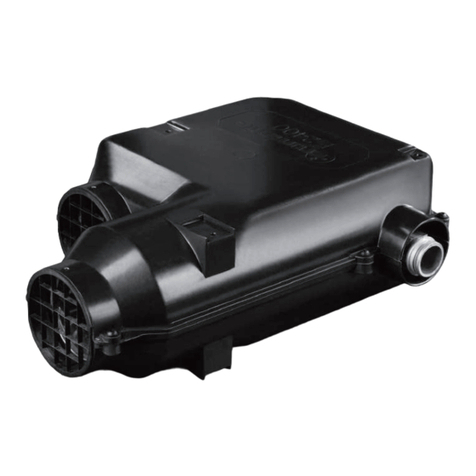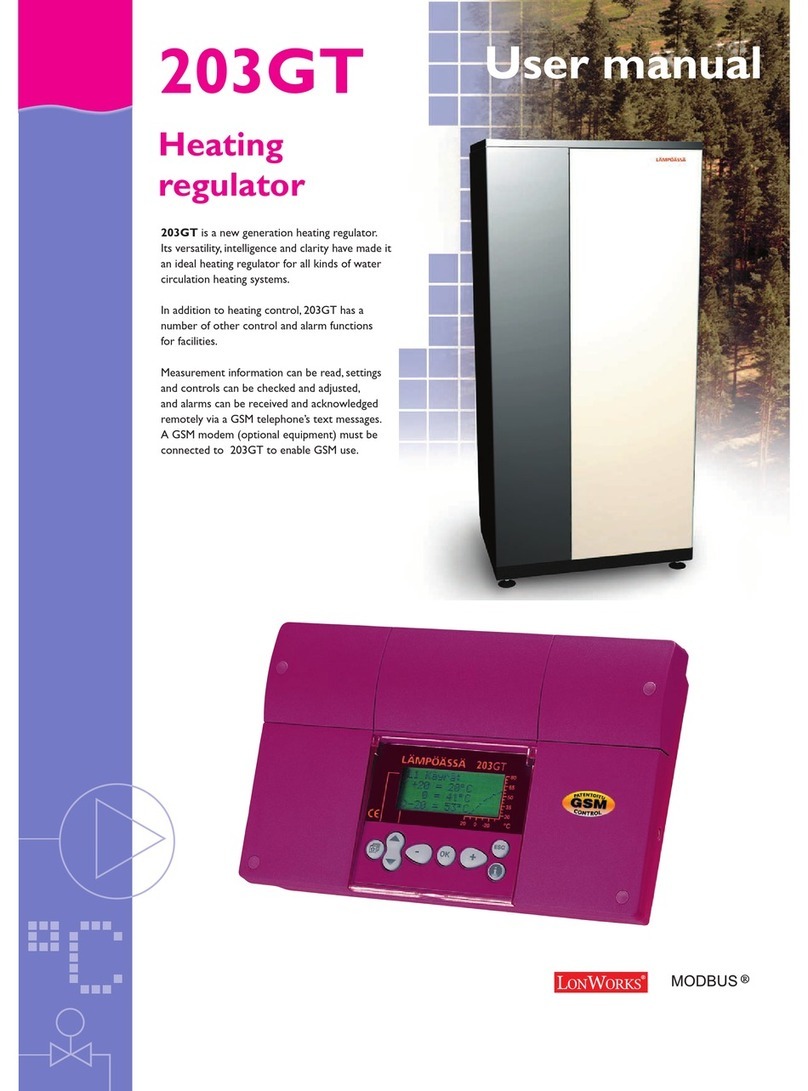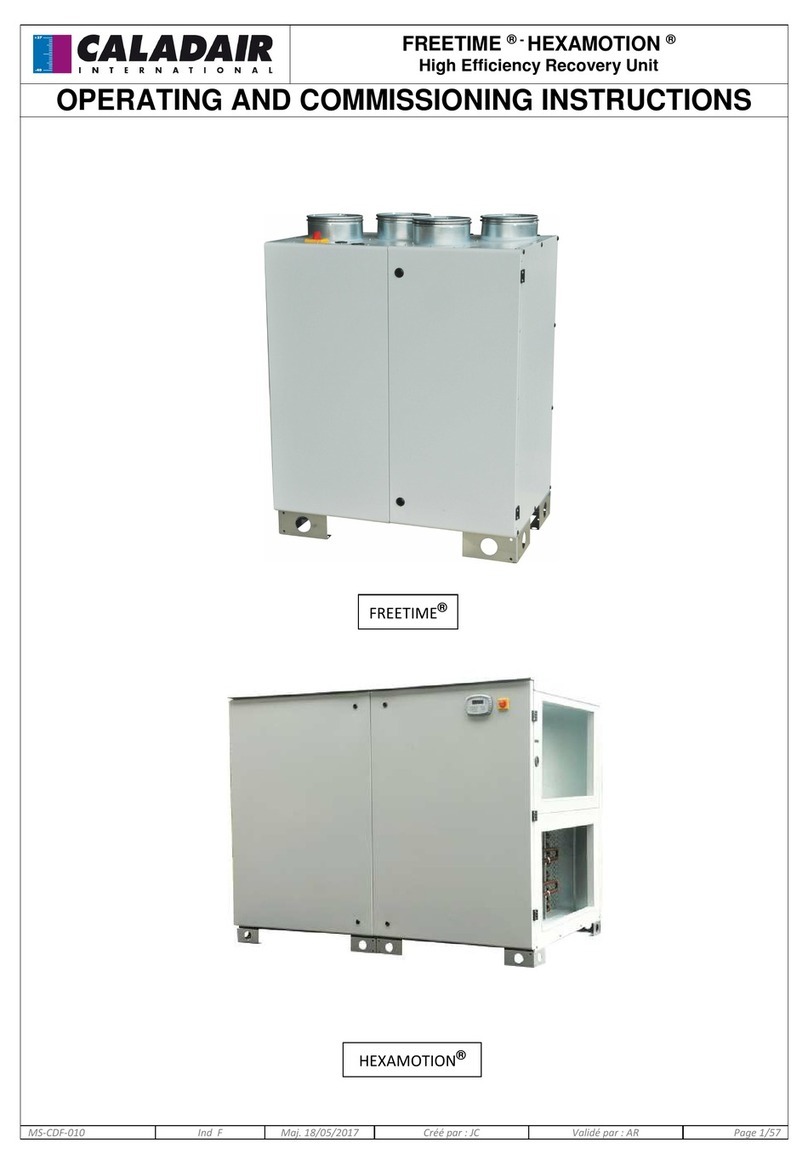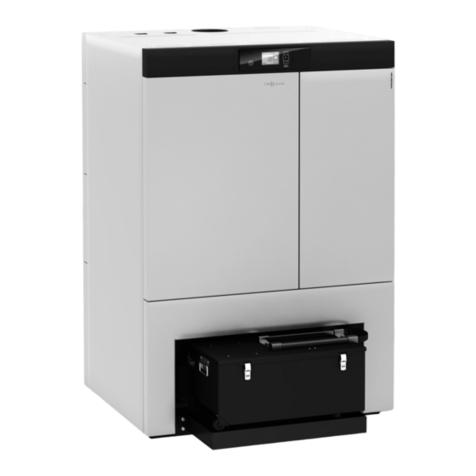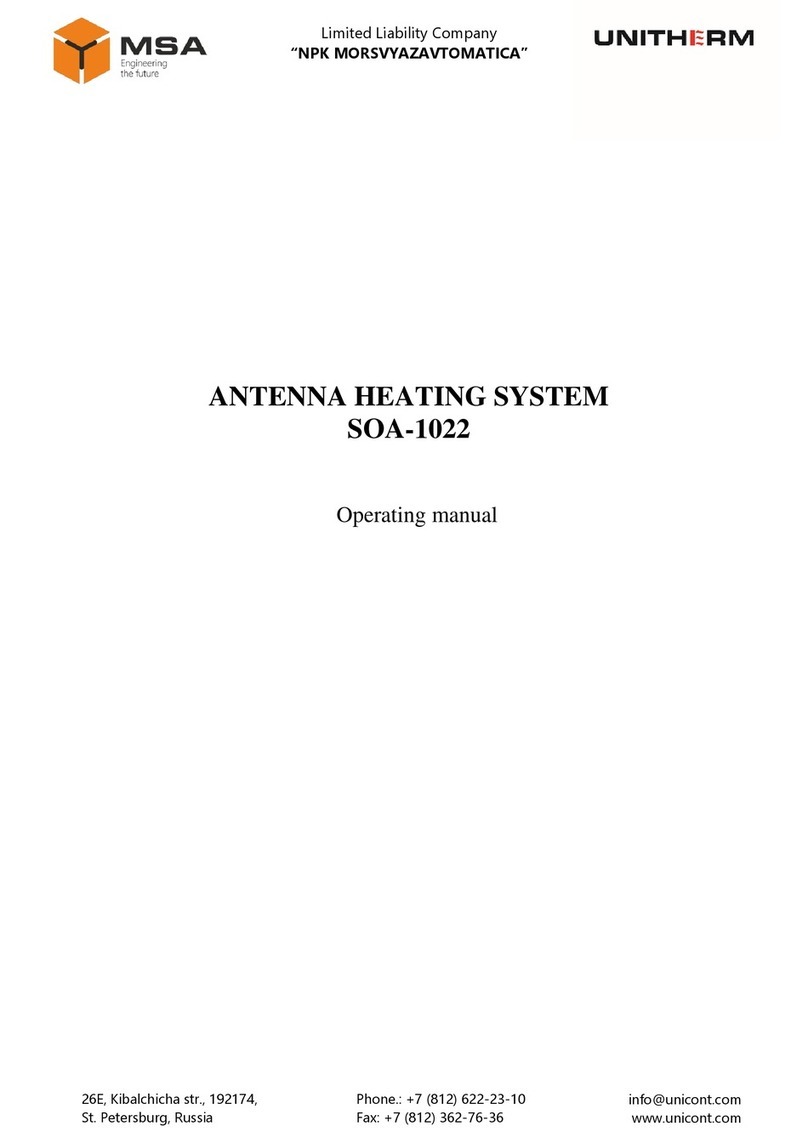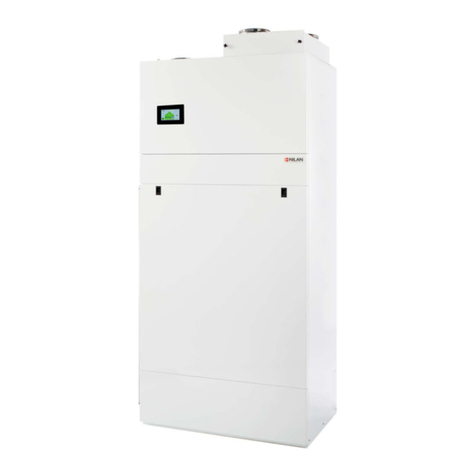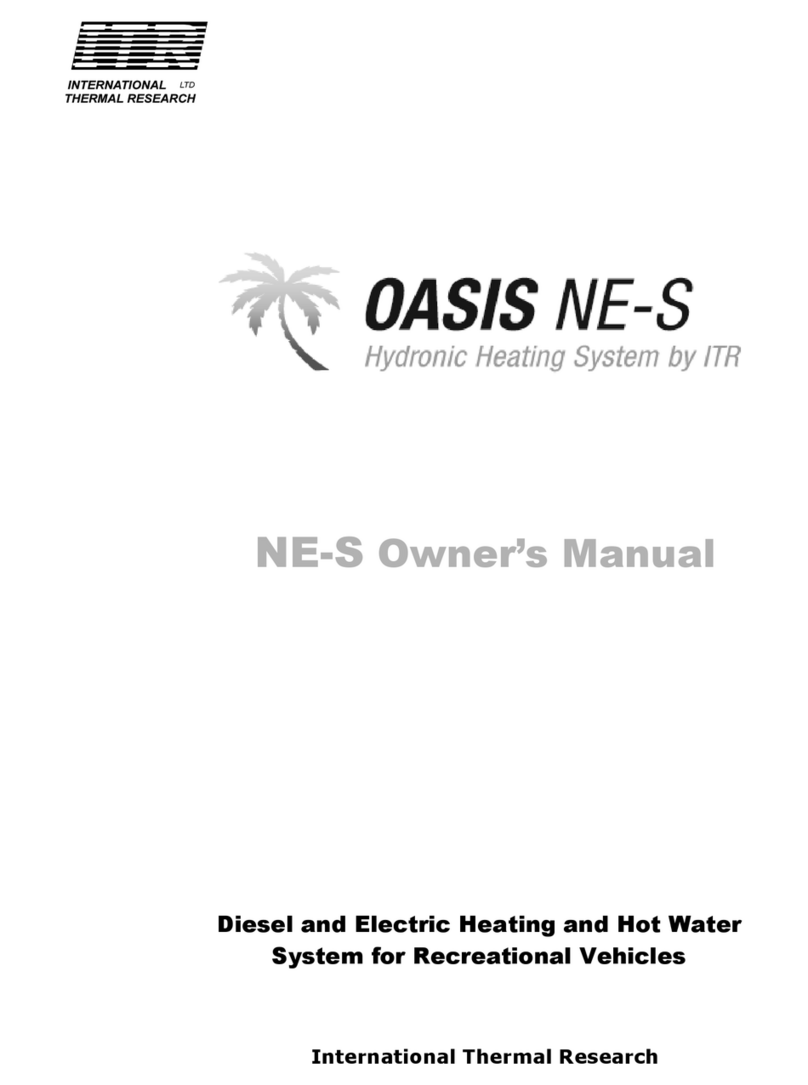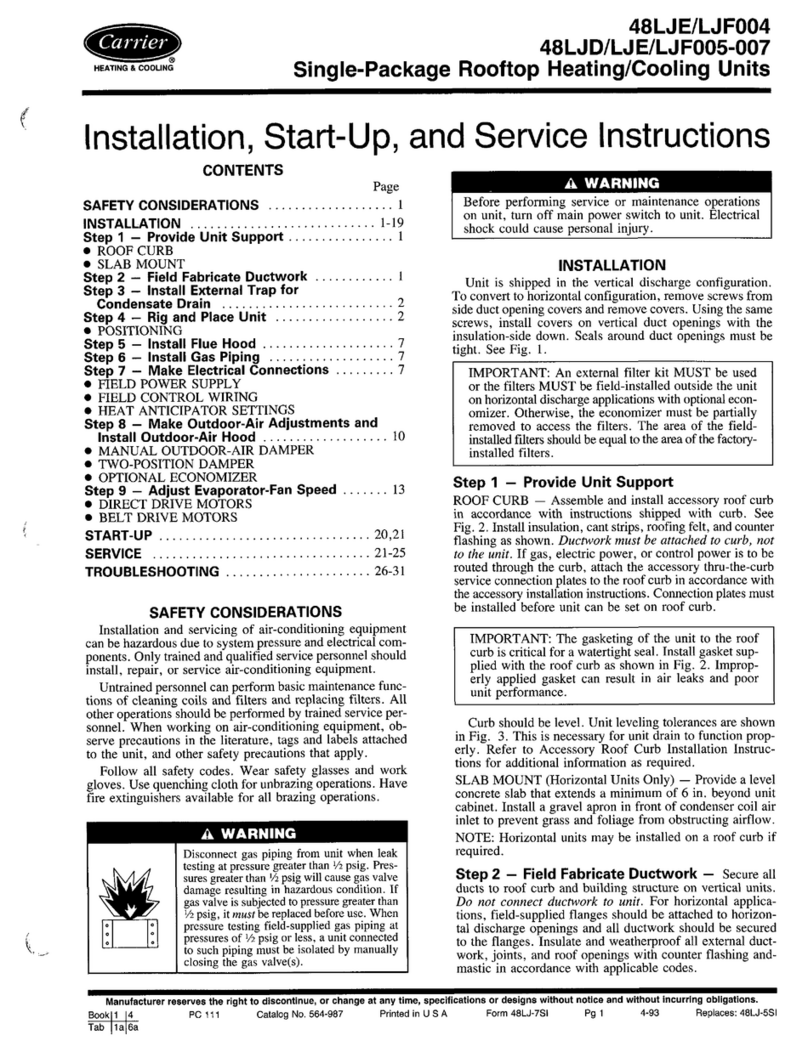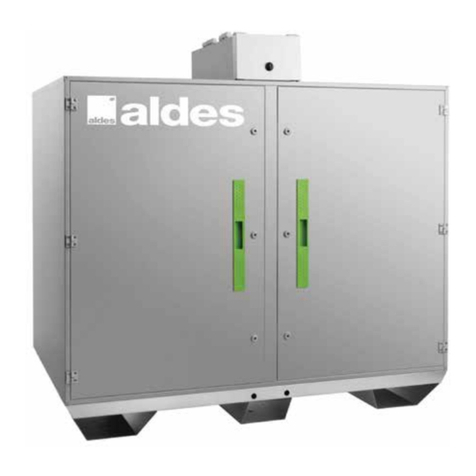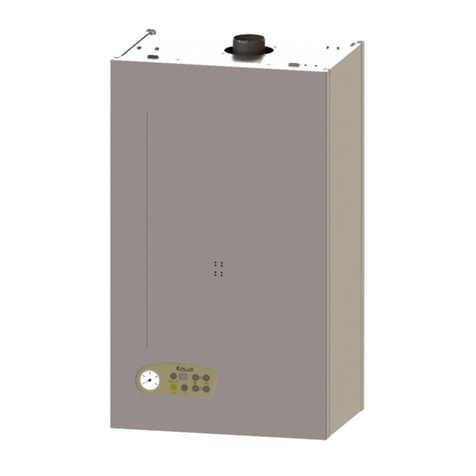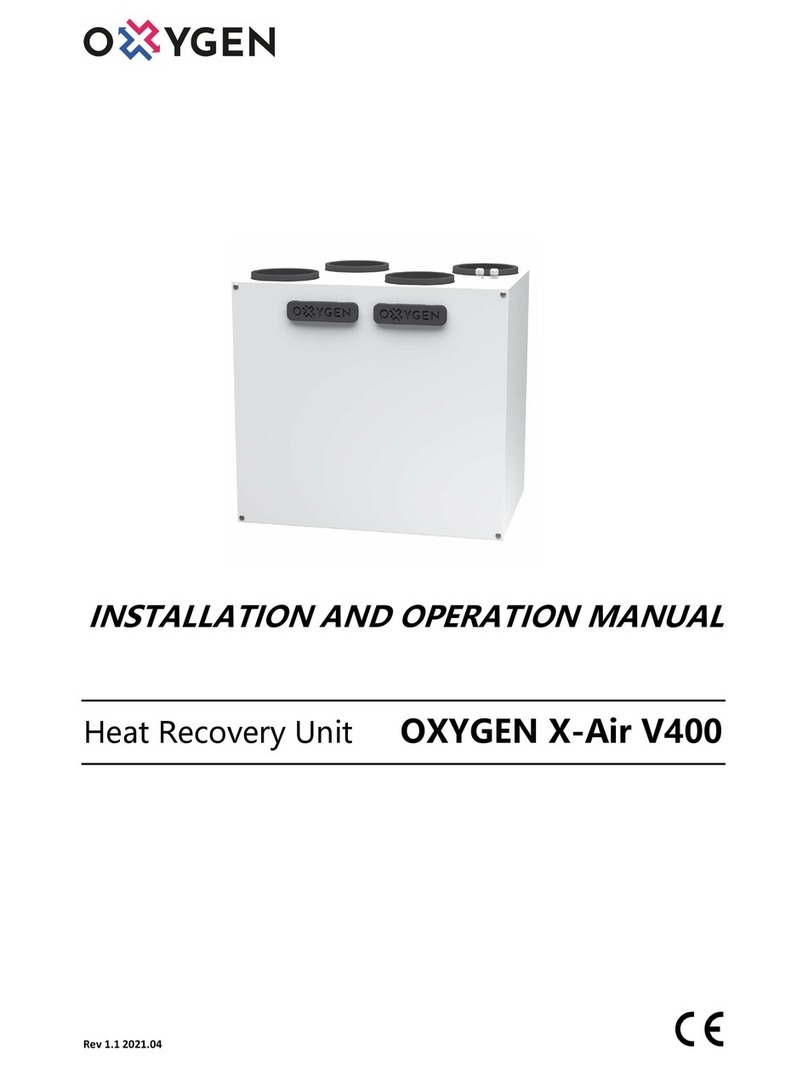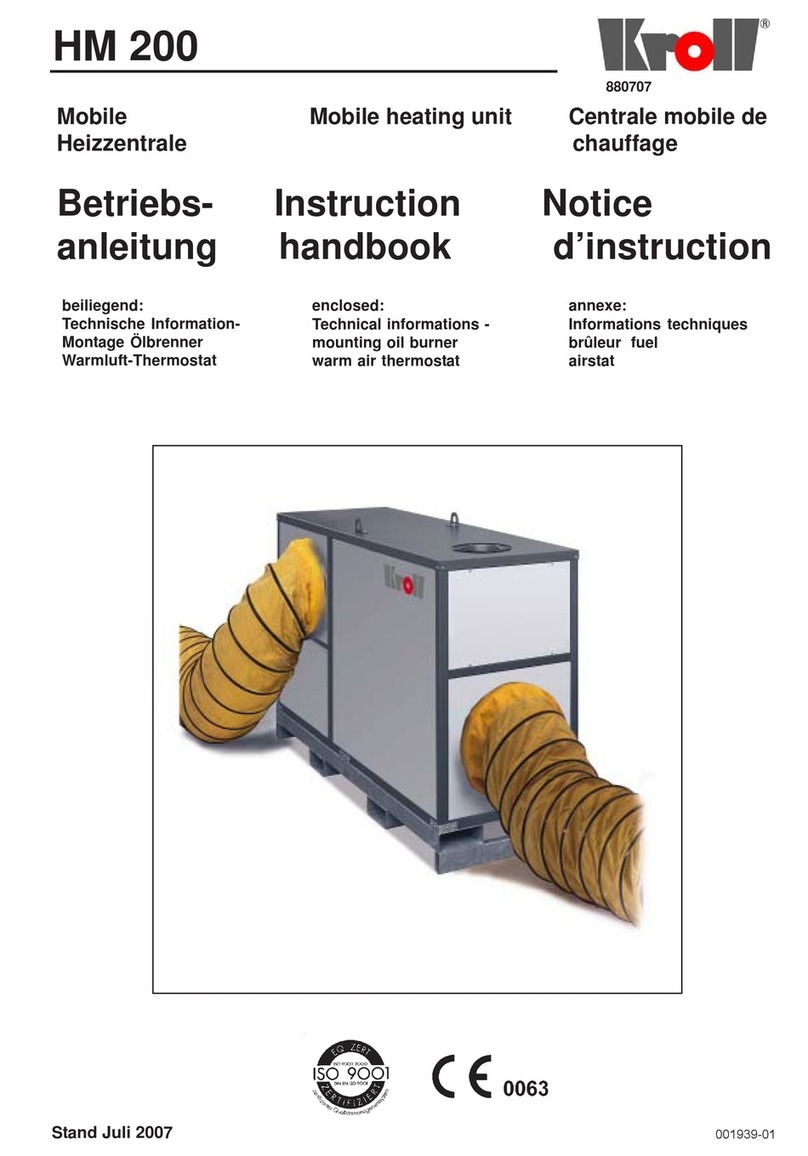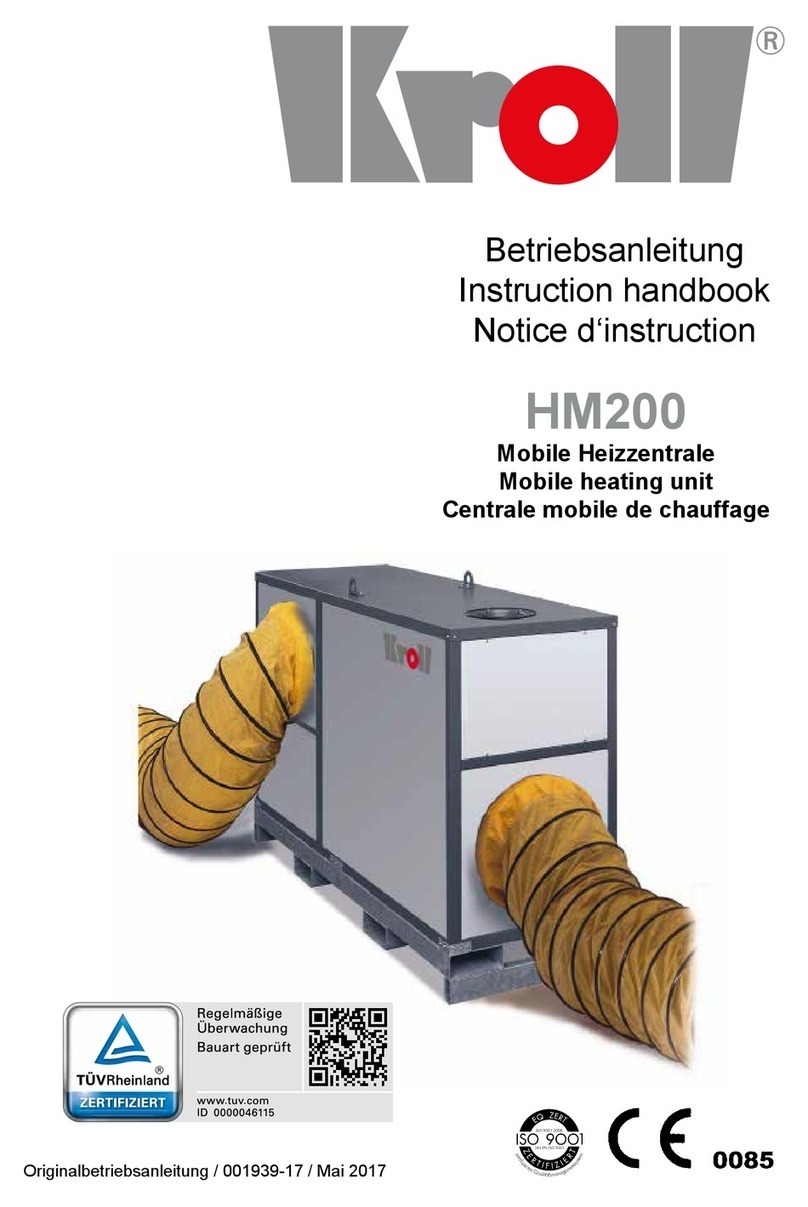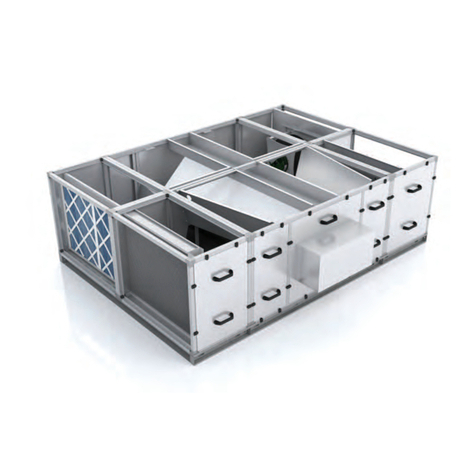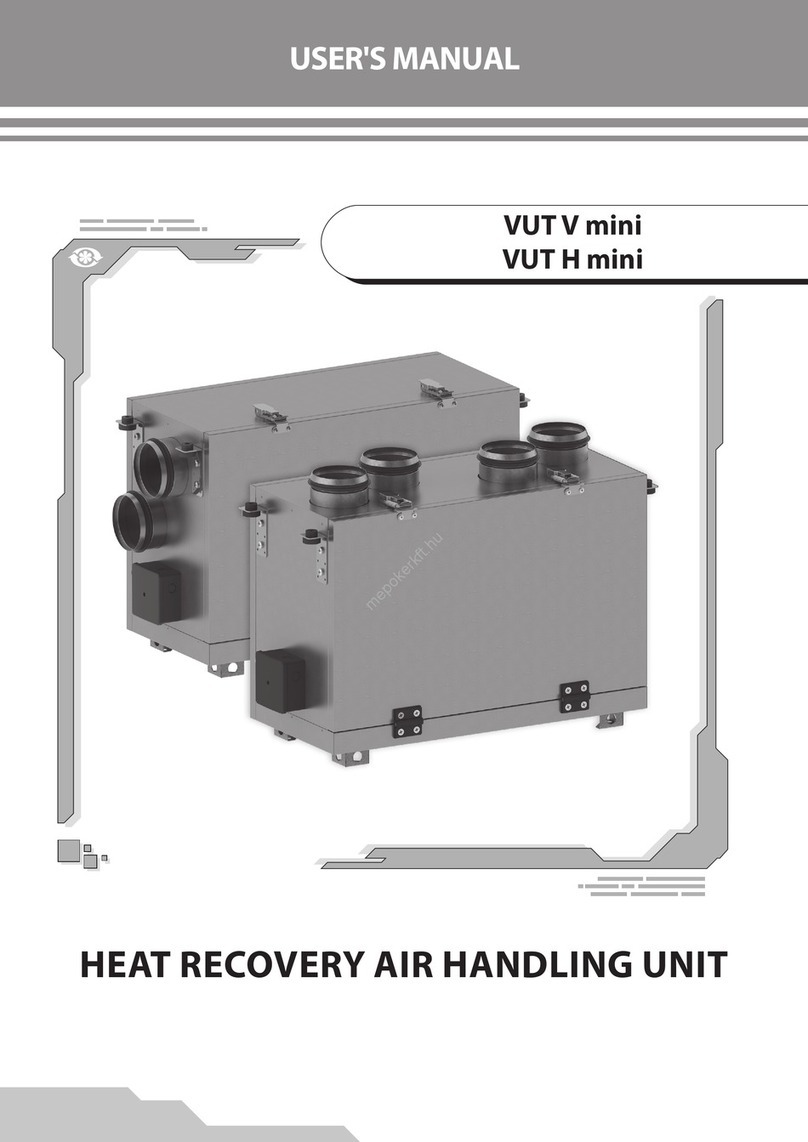I. TECHNICAL SPECIFICATIONS ...............................................................................................................................................................................5
I.1. General dimensional characteristics ..........................................................................................................................................................5
I.2. Dimensional characteristics specific to the hot water coil .........................................................................................................................5
I.3. Electrical characteristics.............................................................................................................................................................................6
I.4. External connections..................................................................................................................................................................................7
I.5. Airflow connections....................................................................................................................................................................................7
II. GENERAL INFORMATION.....................................................................................................................................................................................8
III. ON RECEIPT OF THE EQUIPMENT........................................................................................................................................................................8
III.1. Checks ........................................................................................................................................................................................................8
III.2. Unpacking...................................................................................................................................................................................................8
III.3. Storage .......................................................................................................................................................................................................8
IV. END OF LIFE.........................................................................................................................................................................................................8
V. PACKAGING AND PACKING .................................................................................................................................................................................9
VI. IDENTIFICATION AND LABELLING........................................................................................................................................................................9
VII. COMPOSITION...............................................................................................................................................................................................10
VII.1. General composition ...........................................................................................................................................................................10
VII.2. Electrical board....................................................................................................................................................................................11
VII.3. Control terminal blocks and user connections ....................................................................................................................................12
VIII. INSTALLATION ...............................................................................................................................................................................................13
VIII.1. Handling in an upright position ...........................................................................................................................................................13
VIII.2. Lifting in horizontal position................................................................................................................................................................13
VIII.3. Installation precautions.......................................................................................................................................................................13
VIII.4. Coring of the wall or the ceiling...........................................................................................................................................................14
VIII.5. Installation et fixation to the ceiling....................................................................................................................................................14
VIII.5.a. Attachment of the support to the ceiling ..................................................................................................................................15
VIII.5.b. Installation of the unit on its support ........................................................................................................................................16
VIII.5.c. Installation of the unit in a false ceiling .....................................................................................................................................17
VIII.6. Access inside the unit ..........................................................................................................................................................................17
VIII.7. Aeraulic connection.............................................................................................................................................................................18
VIII.8. Connecting the power supply..............................................................................................................................................................18
IX. ELECTRICAL CONNECTION OF EXTERNAL DEVICES............................................................................................................................................19
IX.1. Alarm report output (DO5) - 24Vac to be relayed....................................................................................................................................19
IX.2. Heating output (DO3) - 24Vac to be relayed............................................................................................................................................20
IX.1. 3-way valve control output (AO1 –0-10V)...............................................................................................................................................20
IX.2. Forced reduced speed digital input (RS=Reduced Speed) (DI3) ...............................................................................................................21
IX.3. Forced normal speed digital input (NS=Normal Speed) (DI4)...................................................................................................................22
IX.4. External stop digital input (DI5)................................................................................................................................................................22
IX.5. Fire protection digital input (DI8).............................................................................................................................................................22
IX.6. RS485 Communication (Modbus RTU or Bacnet MS/TP) (P1 port) ..........................................................................................................22
IX.7. TCP-IP Communication (Modbus TCP / Bacnet IP/ Webserver) (TCP/IP port) .........................................................................................23
IX.8. HMI –Human machine interfaces............................................................................................................................................................23
IX.8.a. General information .......................................................................................................................................................................23
IX.8.b. E3-DSP-CLD.....................................................................................................................................................................................24
IX.8.c. ED-Touch.........................................................................................................................................................................................24
IX.9. Firefighter remote stop control (ADP)......................................................................................................................................................24
X. DRAINAGE OF CONDENSATE.............................................................................................................................................................................24
X.1. Gravity evacuation ...................................................................................................................................................................................24
X.2. Evacuation by condensate lift pump (optional) .......................................................................................................................................24
X.2.a. General information .......................................................................................................................................................................24
X.2.b. Composition of the condensate lifting pump kit ............................................................................................................................25
X.2.c. Operating principle.........................................................................................................................................................................25
X.2.d. Maintenance...................................................................................................................................................................................25
X.2.e. Performances and operating limits.................................................................................................................................................26
X.2.f. Installation of condensate lift pump...............................................................................................................................................26
X.2.g. Installation of the anti-siphoning device ........................................................................................................................................27
X.2.h. Running test....................................................................................................................................................................................28
X.2.i. Diagnosis.........................................................................................................................................................................................28
XI. GENERAL OPERATION .......................................................................................................................................................................................29
XI.1. Start-up sequence of the unit...................................................................................................................................................................29
XI.2. Stop sequence..........................................................................................................................................................................................30
XII. TURNING THE UNIT ON OR OFF ....................................................................................................................................................................30
XIII. START-UP ......................................................................................................................................................................................................30
XIV. PARAMETRAGE DU REGULATEUR ET DES FONCTIONS..................................................................................................................................31
XIV.1. Selecting the access level ....................................................................................................................................................................31
XIV.2. Selecting the display language.............................................................................................................................................................31
